Graham Reid | | 4 min read
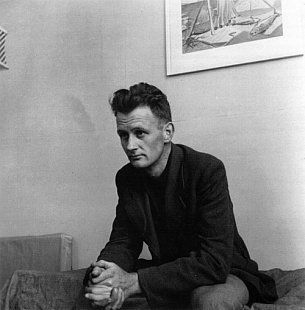
McCahon had moved to Auckland after a successful career in the South Island, had turned 40 and – although he could not know this – was at the midpoint of his artistic career.
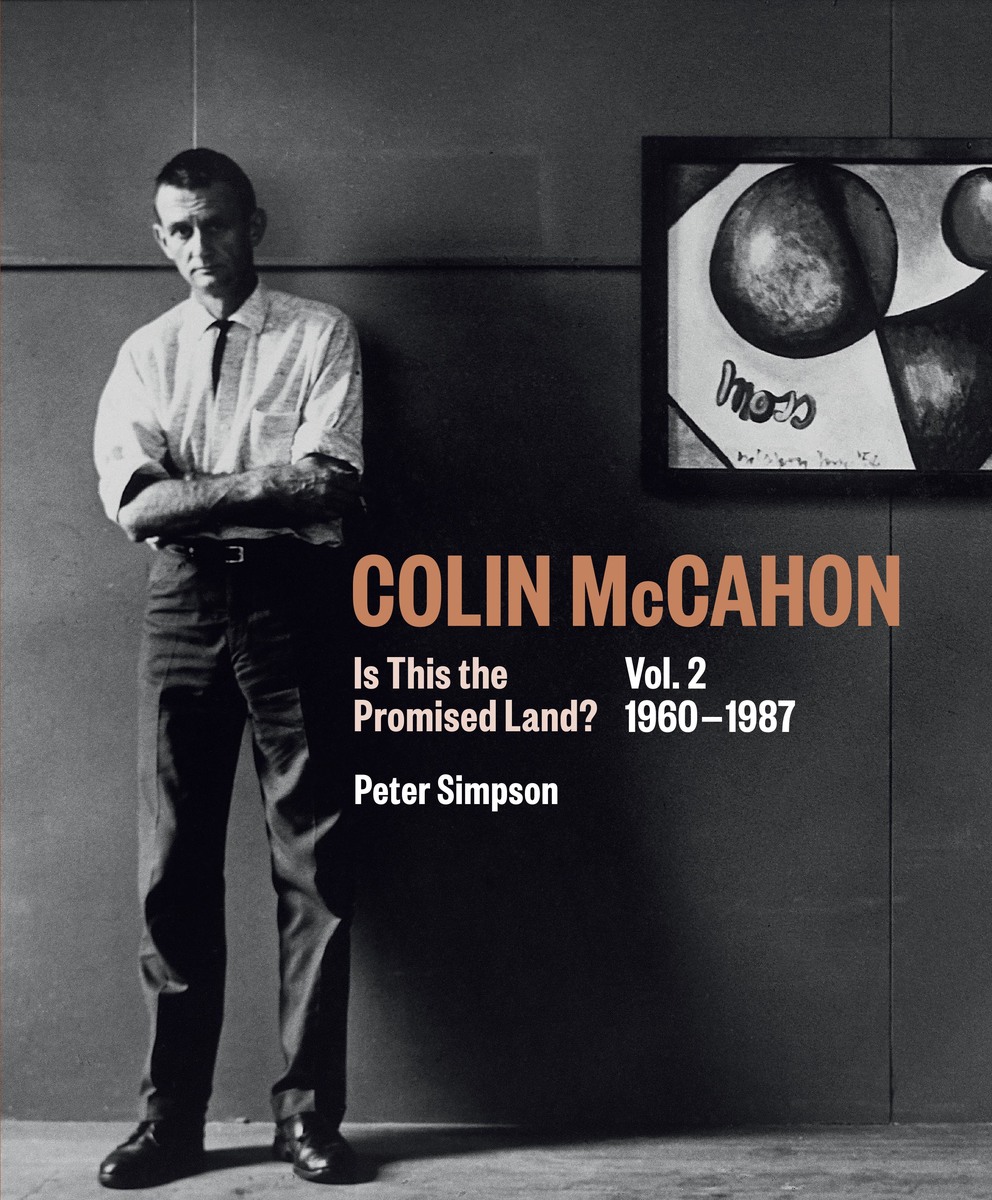 Simpson now picks up this story with his customary engagement and attention to detail while offering the bigger picture.
Simpson now picks up this story with his customary engagement and attention to detail while offering the bigger picture.
With easy intelligence he teases apart the threads of McCahon's life and art during this period of magisterial painting and some personal abysses.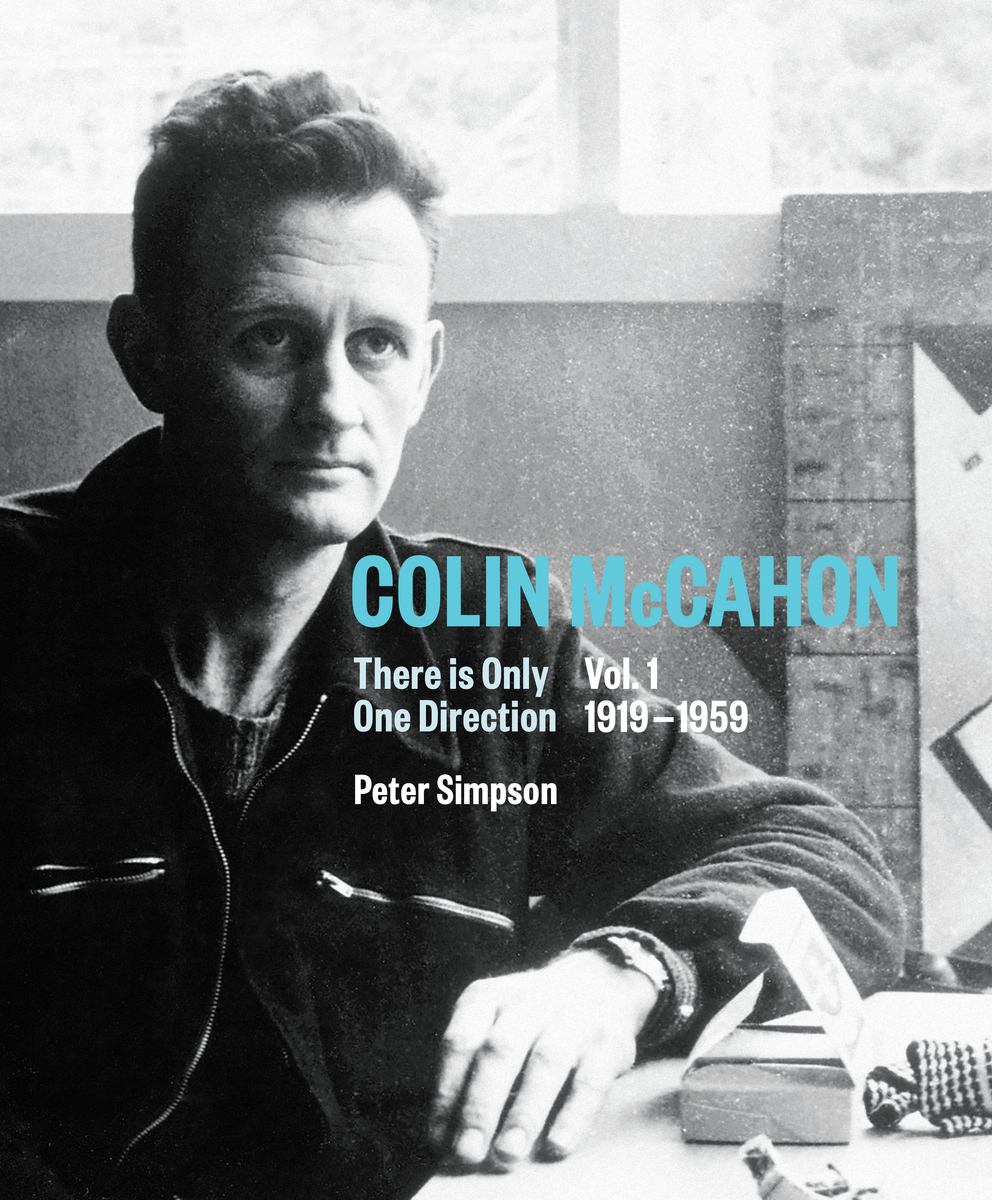
Although a beautifully presented and handsomely illustrated biography-cum-reference book, it needs to be said these two volumes are as much written for the lay reader who may have encountered some of McCahon's expansive oeuvre and perhaps have been a little sceptical about the acclaim he accrued in his life and beyond.
Simpson's writing is clear, persuasive, referenced in the works illustrated and is deftly explanatory when placing ideas and art in tandem.
Personally, when I first saw Here I Give Thanks to Mondrian (1961) in my early 20s I read it as a jibe, something slight and easy to dismiss.
Over the years, when placing it in greater context, it was easier to see what it meant at that time and through Simpson's further explanation here it becomes a familiar touchstone to explore and explain this astonishingly fruitful period in the artist's life.
Similarly his discussion of the equally geometric Bellini Madonna paintings of the same period now come alive and obliquely lead us into his Gate series.
As before Simpson – with considerable access to letters – doesn't shy from presenting contemporary criticisms of the artist and his work, nor how McCahon would respond: sometimes wounded, sometimes defensive, a few times angered and in a letter to gallery director Ron O'Reilly about a critical piece on Gate II says, “I must admit I felt rather foolishly annoyed by [the reviewer] and his comments . . . after lots of work one does like to be flattered”.
As a guide through McCahon'ss enormous output in the Sixties – the Gate series, numerous elemental and abstracts of waterfalls, the religious symbolism alongside numeral and text iconography becoming more prominent – Simpson puts works as diverse as The Lark's Song (the later bright watercolour of 1972 illustrated) and the monochromatic gloom of Victory Over Death of the same year within the context of the artist's thinking.
There is considerable and sometimes unexpected colour in much of McCahon's work in the middle of the period covered here.
Simpson is especially good on giving clarity to McCahon's immersion into Maoritanga, imagery, Maori prophets and spirituality, and the weighty intensity of the numerous paintings and series which emerged from all that.
These chapters are powerful, profound and direct, the layers of meaning behind the works revealed and inviting close consideration of them in reproduction. And everywhere Simpson draws the reader into connections between earlier or later work by the artist which reenforce the consistency of McCahon's unique vision.
As in the previous volume, the page space given over the major landscape works and the darker Christian and personal imagery is elevating. Again there are more than 300 reproductions of McCahon's work, photographs, facsimiles, covers of books and catalogues . . .
It is a sometimes more sombre ride in the final decade to his death in '87 when faith, alcoholism (Simpson sparing us the details), illness, memory loss and the sheer scale of his most visionary and intense work took its toll.
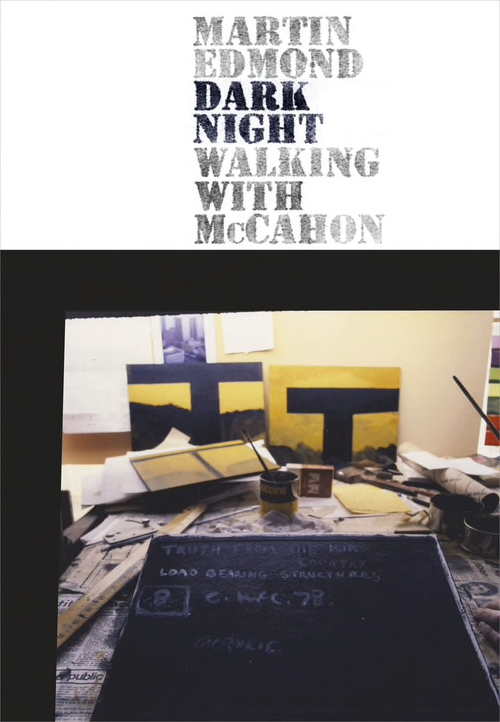 Simpson considers all this with the same cool empathy as before, the struggle taking on a physical quality.
Simpson considers all this with the same cool empathy as before, the struggle taking on a physical quality.
His trip to Sydney in 1984 – as reimagined in Martin Edmond's Dark Night: Walking With McCahon – was “a catastrophe” when the disorientated McCahon went missing for a day and a night.
His final work I Considered All the Acts of Oppression – exhibited in Auckland last year – shows McCahon at his most visionary and emotionally revealing.
Doubt or faith, hope or despair?
The jury will perhaps always be out.
Simpson's Epilogue: Last Years and the Afterlife 1983-2019 discusses international and domestic retrospectives of McCahon's work and legacy, the industry around him in terms of publications and sales, and how his work has “become a mainstay of the secondary art market (as distinct from auction houses) around the country”.
 There will always be those taken aback by the prices some are prepared to pay for work by Colin McCahon (“as a ratepayer I object strongly to the purchase . . .” from a letter to the editor) but Peter Simpson's illuminating, readable and handsome volumes make the case convincingly that here was a rare artist, a man of personal vision and commitment who sometimes paid a very high price, as did those around him.
There will always be those taken aback by the prices some are prepared to pay for work by Colin McCahon (“as a ratepayer I object strongly to the purchase . . .” from a letter to the editor) but Peter Simpson's illuminating, readable and handsome volumes make the case convincingly that here was a rare artist, a man of personal vision and commitment who sometimes paid a very high price, as did those around him.
Colin McCahon was just 67 when he died.
"A biography?" McCahon wrote in 1981. "A painter's biography is not in any way excting. It is just hard work and trying to be honest -- and that is difficult indeed -- try it for a week or so.
"I see my painting life as something with no beginning or end -- it all just happens.
"Sometimes I feel terribly sad, it hurts and it's hard to work at all . . ."
.
.
COLIN McCAHON: IS THIS THE PROMISED LAND? VOL II 1960 – 1987 by PETER SIMPSON. Auckland University Press $80





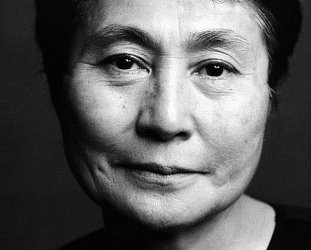
post a comment